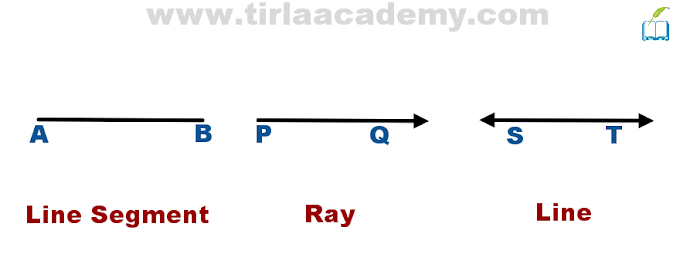How mastering digital skills boosts your effectiveness, confidence, and career.
Imagine being the person who effortlessly navigates digital meetings, tools, and platforms—while others struggle. In today’s work world, being digitally fluent isn’t just helpful—it’s expected.
1. Digital Skills Are No Longer Optional
Using email or basic office software used to be enough. Now, workplace digital literacy means being comfortable with collaboration apps, cloud platforms, and even AI tools. These skills are essential across almost all jobs—not just tech roles. Workplace demands are rising, and workers who fail to adapt risk falling behind.
2. Boosted Productivity and Efficiency
Employees comfortable with digital tools complete tasks faster and with fewer errors. From automating repetitive processes to quickly finding and organizing information, strong digital skills cut wasted time and drive better outcomes.
3. Better Collaboration and Communication
Work now relies on digital teamwork: video calls, chat apps, shared documents, and walkthrough platforms. Being comfortable using tools like these ensures smoother collaboration, especially in hybrid or remote settings, and helps teams stay aligned and productive.
4. Data Skills and Cyber Awareness Matter
Understanding how to access, interpret, and share data safely is part of modern workplace literacy. Knowing basic cybersecurity practices—like spotting phishing and using strong passwords—protects both your work and your organization.
5. Adaptability Builds Career Resilience
Technology constantly evolves—new platforms, automation, AI tools—all become part of our workflow. Workers who can learn and embrace these changes quickly are more valued and stay relevant. Employers increasingly seek employees with this adaptability.
Why It Matters for You and Your Employer
For individuals:
- It increases job opportunities and makes you a preferred hire.
- It builds confidence, reduces work-related tech stress, and improves performance.
- It helps position you for promotions and new roles.
For businesses:
- A digitally literate workforce means faster work, fewer technical issues, lower training costs, and more innovation.
- It helps organizations smoothly deliver hybrid and remote work solutions.
- Investing in digital skills increases job satisfaction and employee retention.
How to Build Digital Literacy in the Workplace
- Offer regular training and hands-on learning, such as online courses and workshops.
- Encourage a learning culture, where leaders model digital tool use and reward growth.
- Organize diagnostics or simple assessments to identify skill gaps and create tailored learning plans.
- Support collaboration with tech experts or mentors to bridge digital knowledge.
Final Thoughts
In a world where daily tasks rely on digital tools, digital literacy has shifted from optional to essential. It empowers you to work smarter, collaborate better, and adapt faster. For organizations, it's the backbone of productivity, employee satisfaction, and future-ready innovation. Build your digital skills now—and unlock a more confident, competitive future.





